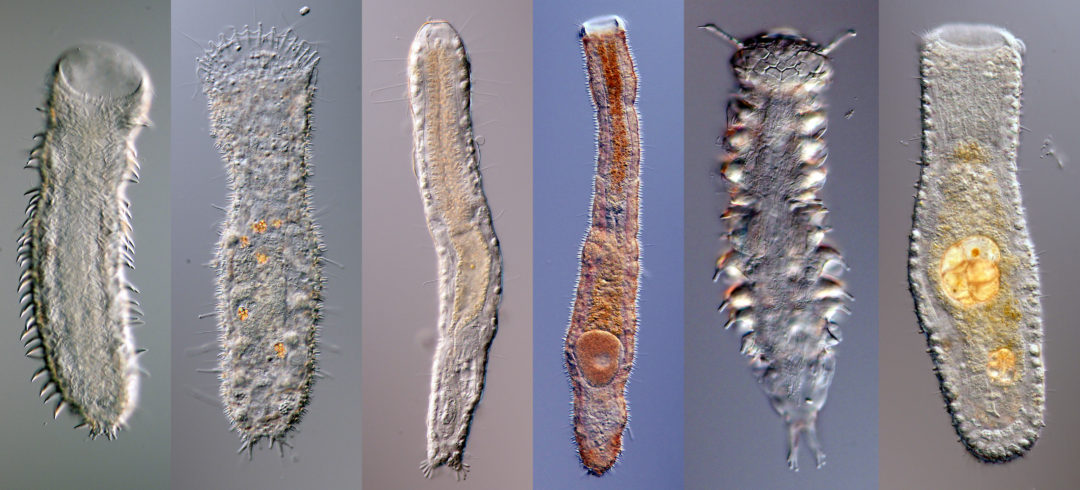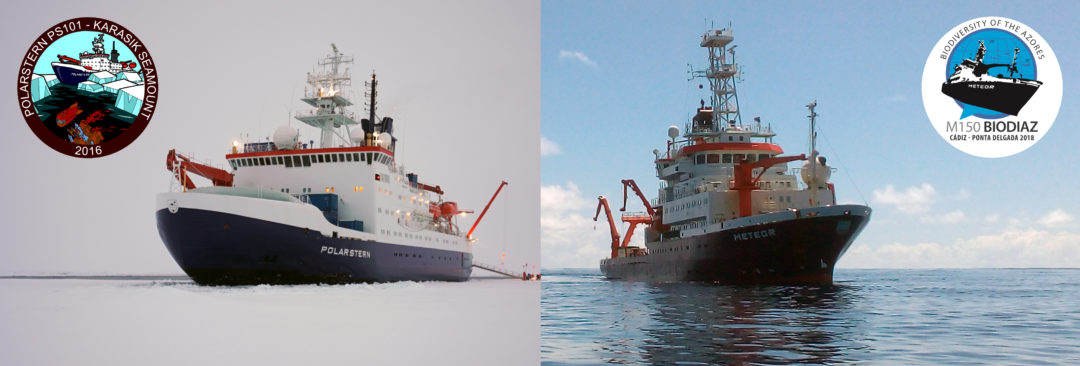Research
Biogeography and Speciation of Gastrotricha
Most marine Gastrotricha belong to the interstitial meiofauna, tiny metazoans and protists that live between the sand grains of the ocean. We still do not know much about their dispersal potential and distribution in space and time.
It seems paradox that their adaptations and biology indicate a rather limited dispersal capacity, although many species are reported from very distant places. Numerous species are known, for instance, from different coastal sites of a whole ocean. Several are even regarded as cosmopolitan species. Analyses of certain gene fragments have already demonstrated that some of these ‘cosmopolitans‘ are rather complexes of different species with substantially smaller ranges.
Nevertheless, individuals of their ancestors must have crossed enormous distances before they could establish new populations in suitable biotopes at far-off coasts. We want to learn which functions do have geological formations such as oceanic islands and seamounts for a successive dispersion and/or the origin of new species of the interstitial meiofauna. Islands and seamounts provide locally defined sandy shallow water biotopes within the almost endless abyssal plains.
The analysis of extensive sample material has already demonstrated the occurrence of species of different taxa on seamounts and at oceanic islands, which were formally only reported from continental coasts. Genetic analyses shall now shed some light on connectivity between remote populations, or, alternatively, on patterns of speciation processes.
The sublittoral sample material for our studies is mostly difficult to access. In order to obtain the sediment samples, we deploy different grab types from aboard of various research vessels. We have recently carried out marine research expeditions with, for instance, R/V POLARSTERN to the Arctic Karasik-Seamount, or with R/V METEOR to the Azores Archipelago. The latter cruise occurred within the framework of the BIODIAZ project (Controls in benthic and pelagic BIODIversity of the AZores).


